ARTICLE AD BOX
Polls have closed in the local elections in various parts of England and the Runcorn and Helsby by-election with all the main parties now busily trying to manage expectations in case they fall below what is predicted for them.
However, the results of the county council and mayoral elections as well as the by-election will give an indication of how well or badly the parties are doing in reality.
Many parts of the country did not have a vote but real elections are in some ways a much better indicator of a party’s political strength than the polls.
Each party has a minimum expectation or floor and higher targets as a ceiling for what is likely to unfurl as votes are counted and results declared over the next 24 hours.
Renowned pollster Lord Robert Hayward, who has published his expected range of results, said: “If parties go above the high end then they are doing very well indeed but if they go below the minimum expectation then it is very bad.
“You have to consider the full range of elections including councils, mayoralties and the by-election in judging how successful or disastrous the election has been for a party. Also councils controlled after the results are declared and biggest parties in councils.
“There are clearly minimum expectations and reasonable high aims for each party.”
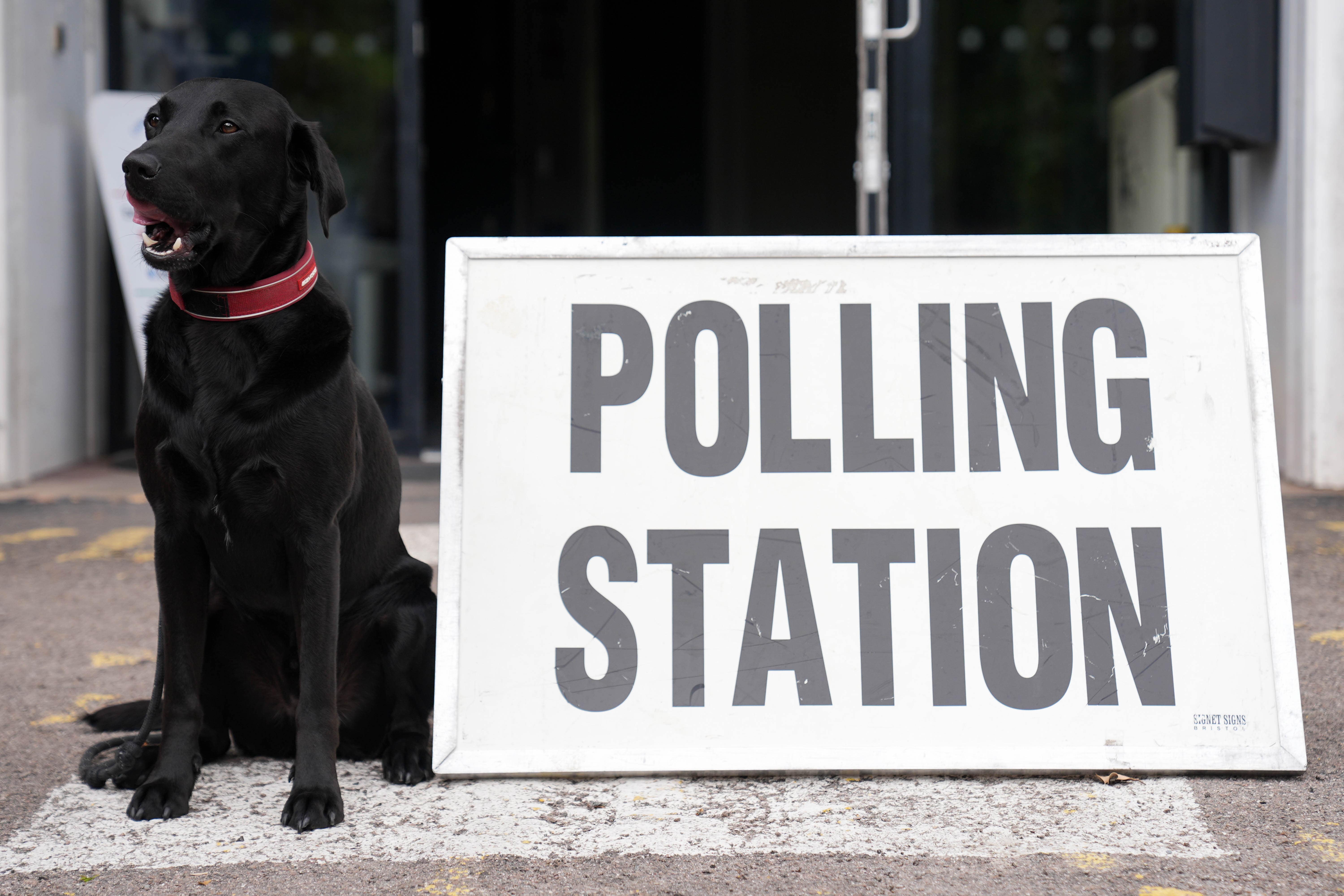
What was up for grabs?
A total of 1,641 council seats were up for grabs, with the Tories defending 954 of them.
Of the 23 local authorities holding elections, 14 were county councils: Cambridgeshire, Derbyshire, Devon, Gloucestershire, Hertfordshire, Kent, Lancashire, Leicestershire, Lincolnshire, Nottinghamshire, Oxfordshire, Staffordshire, Warwickshire and Worcestershire.
Polls are also taking place in eight unitary authorities: Buckinghamshire, Cornwall, Durham, North Northamptonshire, Northumberland, Shropshire, West Northamptonshire and Wiltshire. In addition, one metropolitan council, Doncaster, held an election.
A key test for all the parties will be in the four combined-authority mayors being elected, for Cambridgeshire and Peterborough, Greater Lincolnshire, Hull and East Yorkshire and the West of England.
The biggest test of all will be the Runcorn and Helsby by-election, called because of the departure of disgraced former Labour MP Mike Amesbury after his conviction for assault.
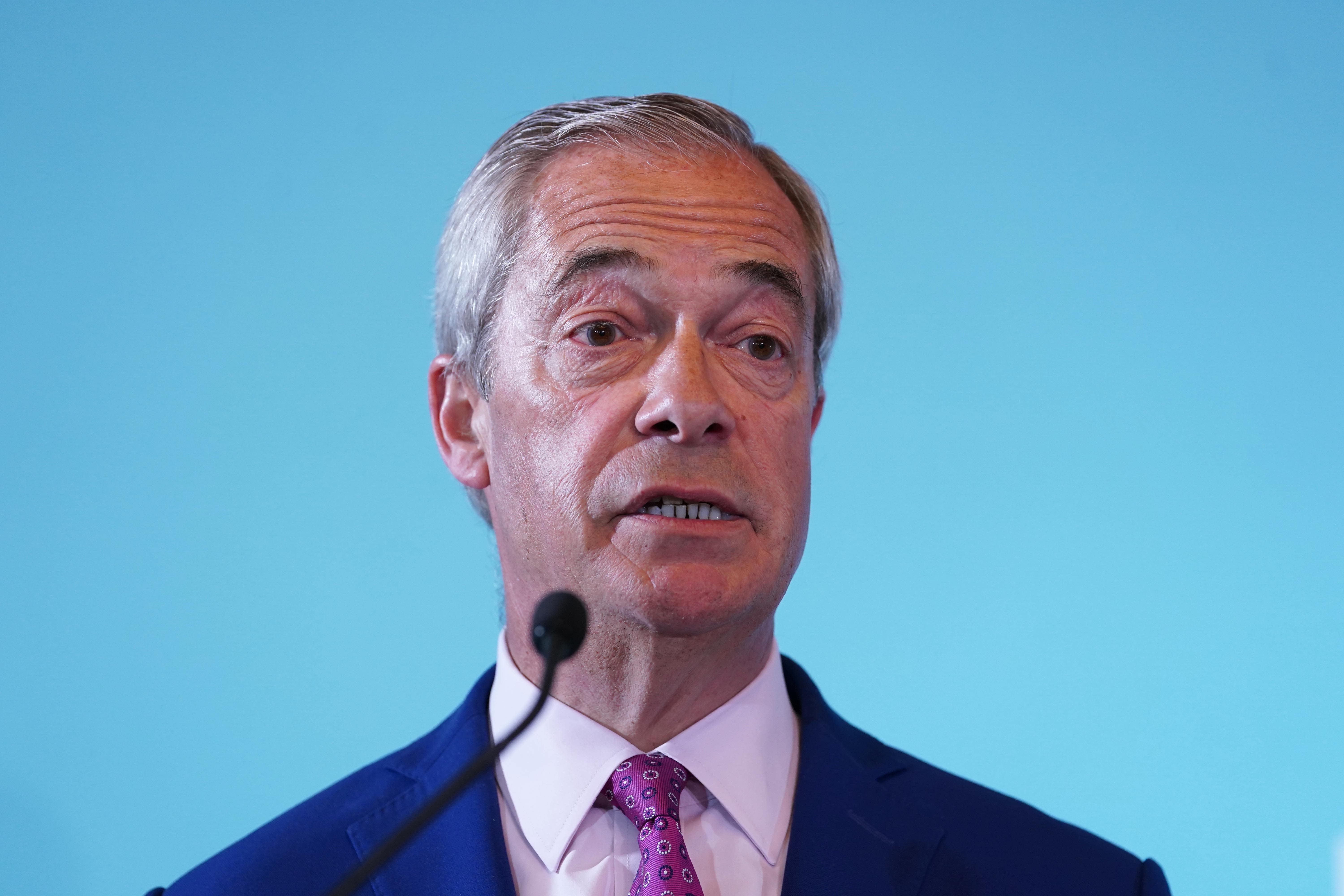
Reform
Floor: By-election win, 2 mayors, 400 council seats,
Ceiling: By-election win, 3 mayors, 450 council seats
In many ways these elections were all about whether Reform’s surge in the polls under Nigel Farage represents a platform for real election success or is meaningless when it comes down to real votes.
The Hayward scale puts their minimum number of council seats to be won at 400 and suggests they could be as high as 450. This would be great given they are defending nothing and would make them the biggest party on the night.
However, dropping below 400 would lead to questions about how effective the party’s operation really is.
An even bigger indicator were the mayoral elections where they privately believe they should win three - Lincolnshire, Hull and East Yorkshire, and Doncaster. A fourth in the West of England is not out of the question.
Getting less than two of those would represent a failure though.
But the absolute must is the Runcorn and Helsby by-election. If they cannot make a breakthrough with a more motivated voter base on a low turnout then Reform is probably not going to win an election in 2029.
The big issue is that a lot of people who do not normally vote are telling pollsters they support Reform boosting the numbers. If they go out to vote then there will be success, if not the party has problems.
This is also a test of whether they are taking both Labour and Tory votes.
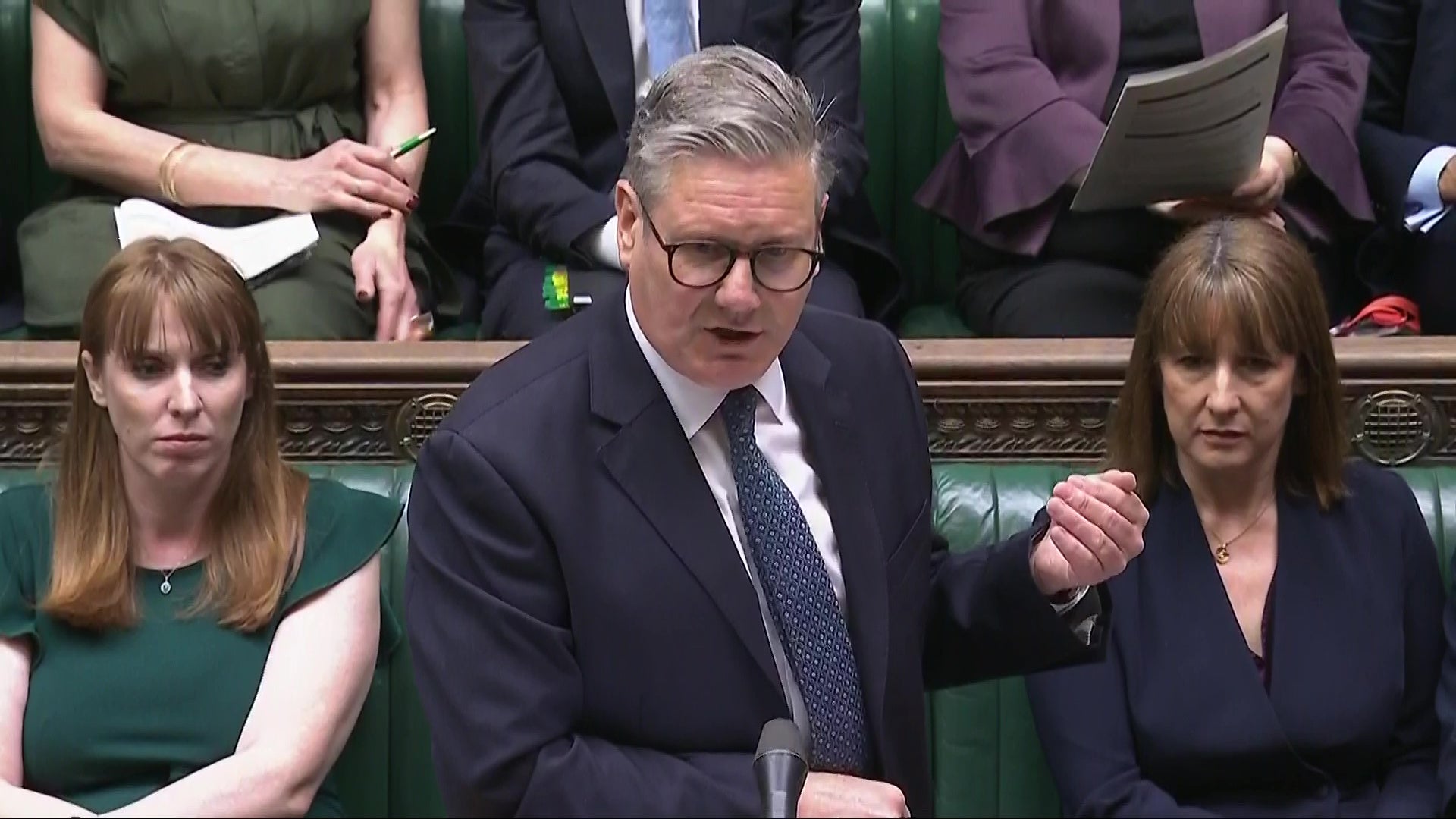
Labour
Floor: By-election win, 2 mayors, 280 council seats
Ceiling: By-election win, 3 mayors, 325 council seats
Keir Starmer did not go to Runcorn and Helsby to campaign in the by-election and the reason for that is probably because he wants to avoid most of the collateral damage of a defeat to Reform. Rishi Sunak used a similar tactic and it did not help.
Nevertheless, this by-election is a must win for Labour as it is for Reform. Failure to hold on will confirm that Reform poses a threat in Labour heartlands as much as it does for the Tories.
The mayoral contests are also crucial. They are almost guaranteed the one in North Tyneside but need to win one of the others at least.
The problem the party has is that measures such as welfare cuts, taking winter fuel payments of pensioners and disillusioning the Labour voters in general is not helping them.
Worst of all, if the party gets less council seats than last time these seats were contested in 2021, when they suffered terrible election results then it will be a damning indictment of where the party is in terms of public support.

Conservatives
Floor: 375 council seats
Ceiling: 1 mayor, 425 council seats
The third big story is whether Kemi Badenoch has long left as leader of the Conservative Party and expectations in these elections is paramount to that.
There is no way that the Tories are defending the 954 seats they currently hold but it is the level of the losses coming which will determine how these results are viewed.
Anything below 375 council seats will be seen as a disaster not least because these are largely Tory areas but above 425 and it will be seen as a relative success.
Dr Hannah Bunting, who runs the University of Exeter’s Elections Centre, has outlined the real problem though, which is we could be seeing the death of Tory heartlands, the final collapse of the blue wall. This could be existential for the Conservatives.
She said: “If Reform and the Liberal Democrats wipe out the Tories in different areas but to the same degree, there may be no Conservative heartlands left in the country.”
The one hope that Tories are holding on to is Paul Bristow winning in Peterborough and Cambridgeshire. A victory for him could mask a lot more painful defeats and will give somewhere for Ms Badenoch to have a victory photo opportunity on a day of defeat.
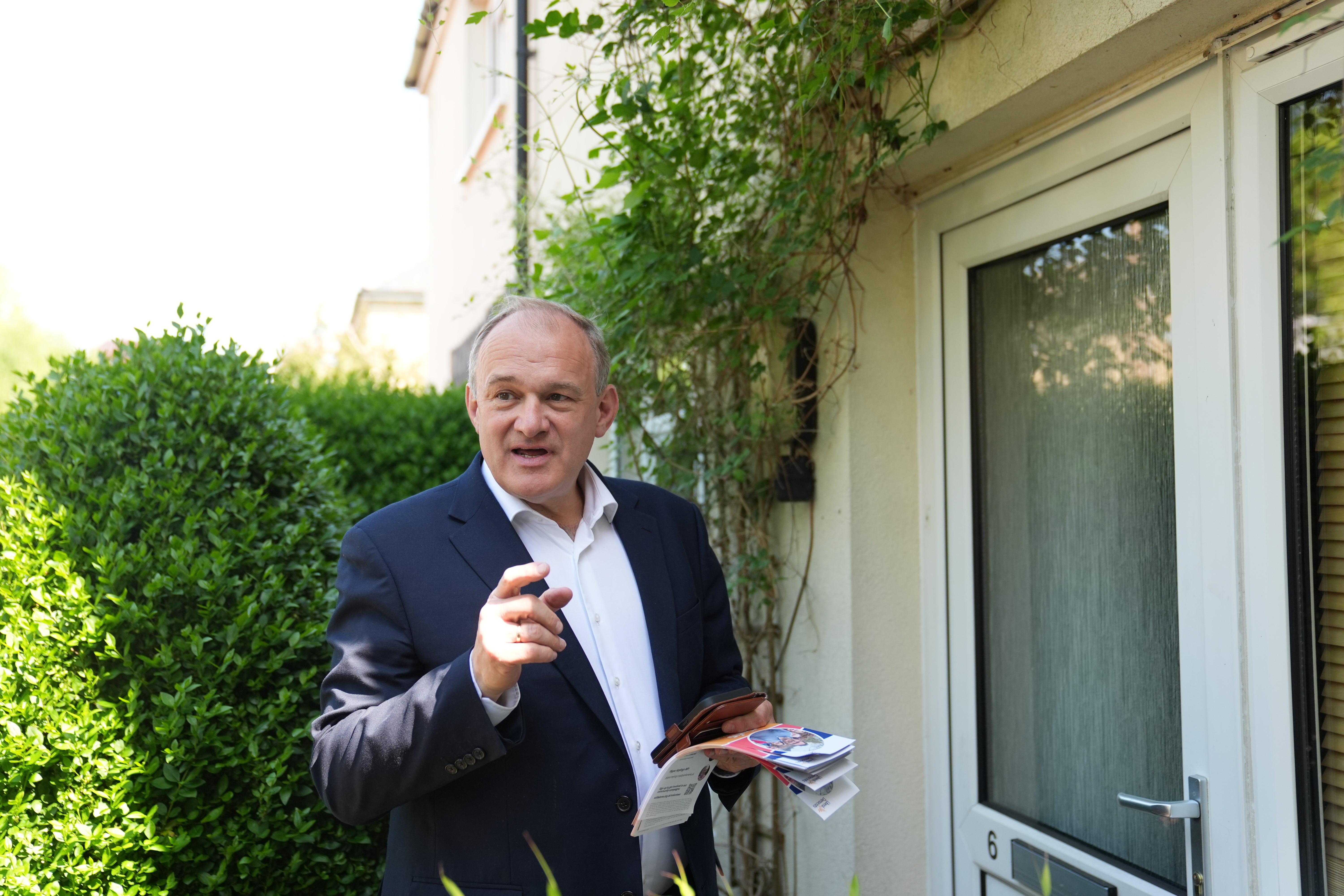
Lib Dems
Floor: 250 council seats
Ceiling: 1 mayor, 300 council seats
The Lib Dems have to exceed the 222 council seats they were defending to prove they are still on the rise. This makes 250 a minimum with a maximum prediction on the Hayward scale of 300. Anything above that will be a tremendous set of results.
Interestingly, the Lib Dems believe they are in play for the Hull and East Yorkshire mayoral election where they currently control the council.
Victory there would be a blow for both Labour and Reform and show that the Lib Dems are becoming a political party to be reckoned with.
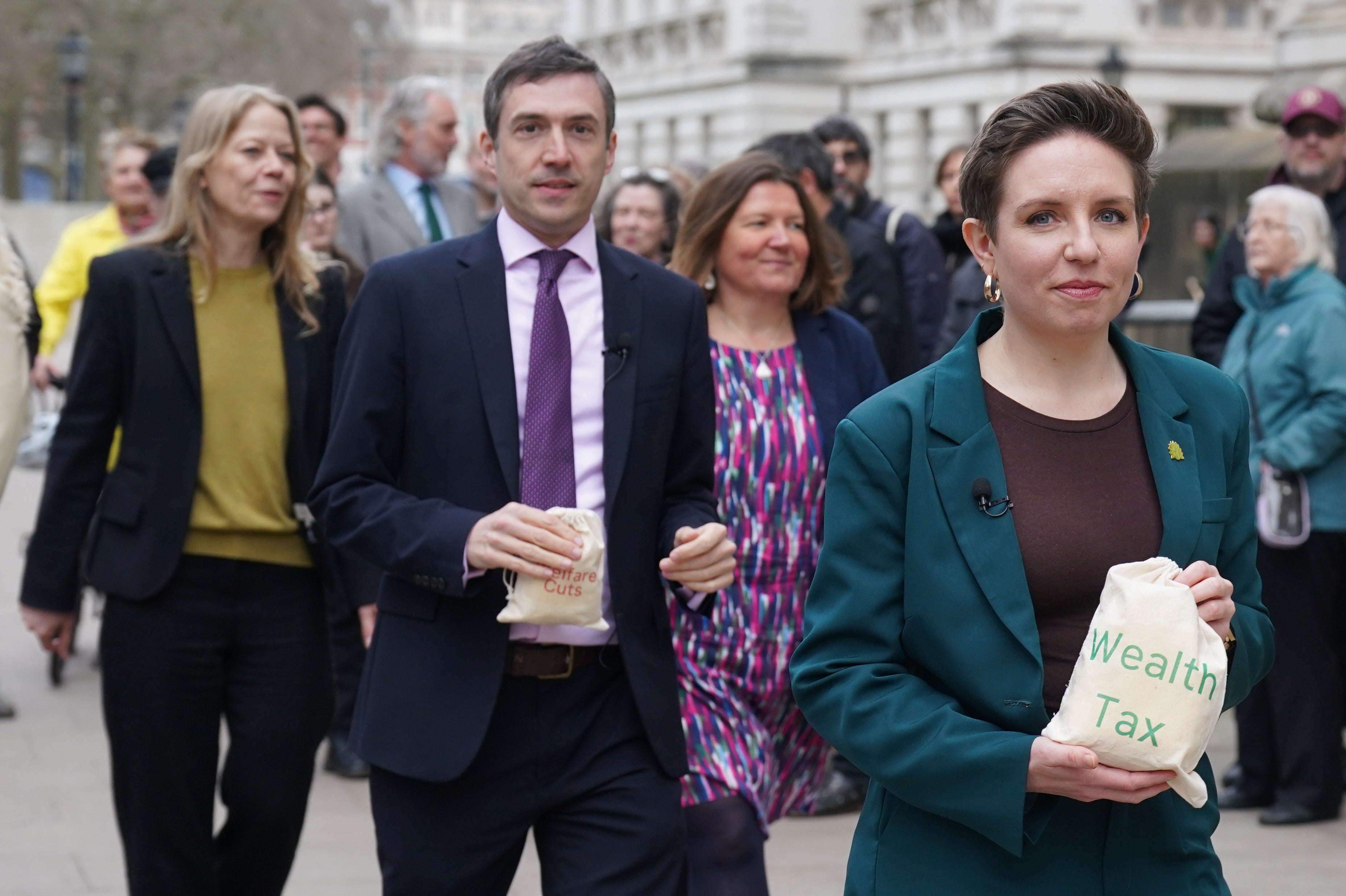
Greens:
Floor: 60 council seats
Ceiling: 1 mayor, 80 council seats
These elections were held in areas where the Greens are strong so the pressure is on them the least.
However, they should still easily double their current seats from around 40 meaning that a minimum of 60 and maximum of 80 is a reasonable range.
Added to that there are briefings that they are in contention in the West of England mayoralty which would be an incredible victory for the Greens.

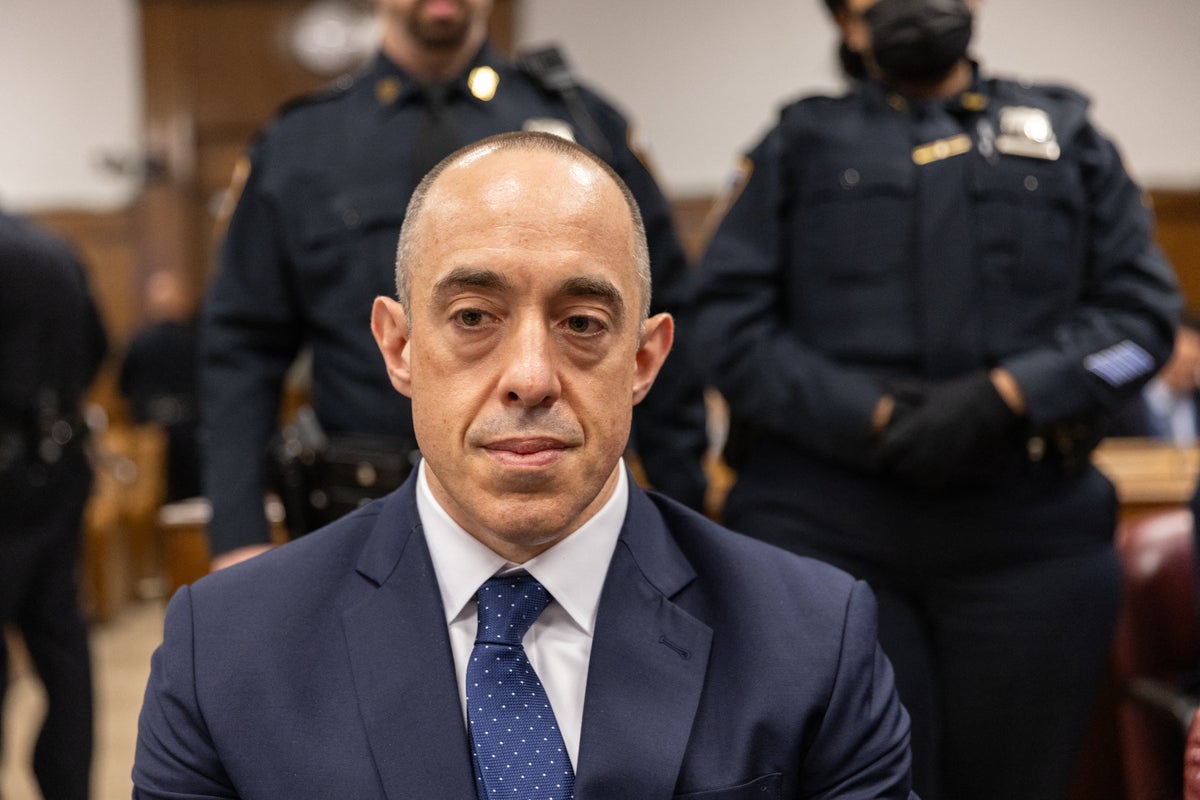







 English (US) ·
English (US) ·